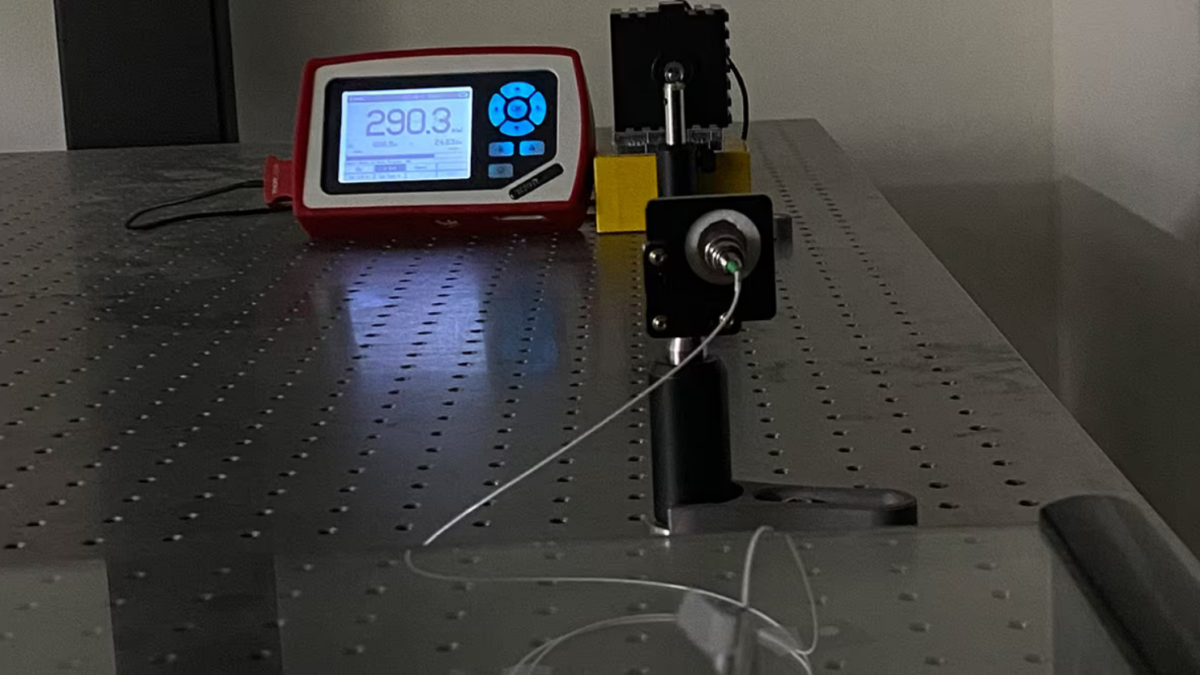
Researchers in South Korea transmit power wirelessly using infrared light
A group of researchers from Sejong University in South Korea has achieved a breakthrough by utilizing infrared light for wireless power transmission, covering a distance of 30 meters. During the testing of this wireless laser charging system, the team successfully transmitted 400 mW of light, which was harnessed to power an LED light.

Jinyong Ha, the lead researcher, expressed the potential applications of this technology, stating, “We could use this technology to supply wireless power to IoT sensors in smart homes or digital signage (displays) in big shopping centers and other locations.” Ha envisions industrial uses in areas where wired connections might pose safety risks. The findings of this research were documented in an article published in the journal Optics Express in September.
The system comprises a transmitter and a receiver, both of which need to be in direct line of sight for light-based power delivery. Importantly, the system automatically enters a power-safe mode if an obstacle obstructs the direct path between the transmitter and receiver, minimizing associated risks.

The transmitter is equipped with an erbium-doped fiber amplifier (EDFA) power source with a safe wavelength of 1,550 nm. This wavelength range, as affirmed by the researchers, poses no threat to human eyes or skin at the intended power level. The receiver unit includes a photovoltaic cell and a spherical ball lens retroreflector, designed to reduce light scattering and focus it on the photovoltaic cell for optimal efficiency. The researchers noted that the system’s performance is significantly influenced by the refractive index of the ball lens, with a refractive index of 2.003 proving most effective.
During experiments, the transmitter achieved an optical power output of 400 mW over a 30-meter distance. The 10 by 10-millimeter receiver’s photovoltaic cell converted this light energy into 85 mW of electrical power, effectively illuminating an LED. To demonstrate the system’s safety, the researchers placed a human hand between the transmitter and receiver, prompting the system to enter a low-power mode with low-intensity light to prevent harm.

Looking ahead, Ha mentioned plans to enhance system efficiency and scale it up for applications like IoT sensors in smart factories. The team is exploring the possibility of using different materials for the photovoltaic cell to optimize efficiency at various wavelengths, considering a switch from gallium arsenide (GaAs) to achieve a 40% improvement in efficiency using approximately 900 nm infrared light.

